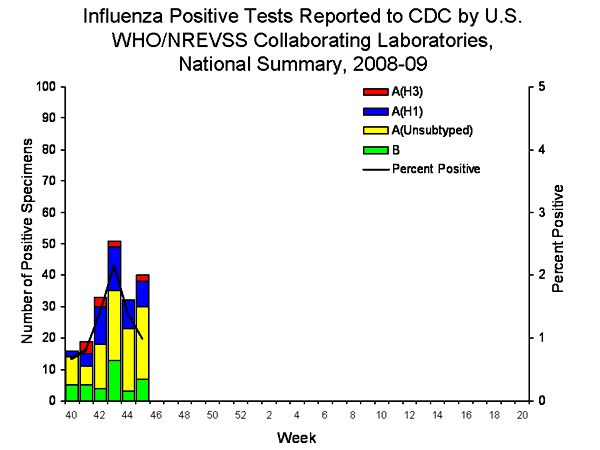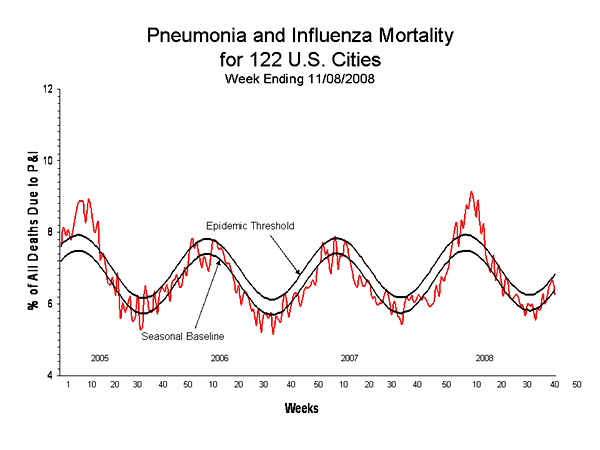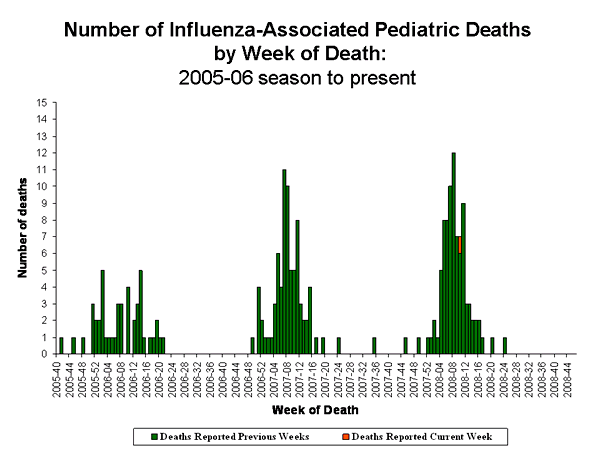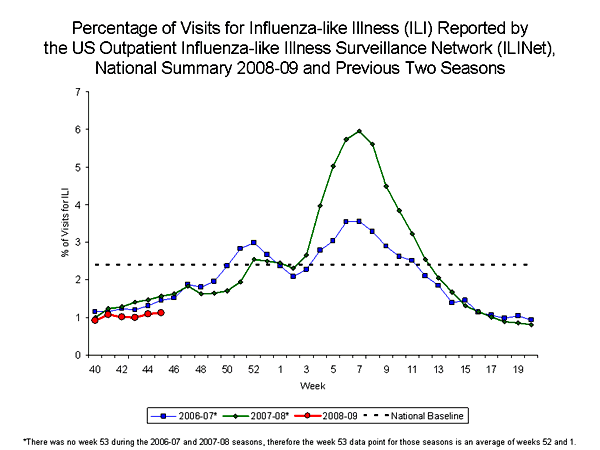Re: Seasonal Flu 2008 - 2009
<TABLE cellSpacing=0 cellPadding=0 width="100%" border=0><TBODY><TR><TD class=ContentTop width=14></TD><TD class=content><!-- INSERT THE CONTENT HERE (as a table or as simple text) --><TABLE cellSpacing=0 cellPadding=0 width="100%" border=0><TBODY><TR><TD class=categoryPath title="click here to go back to Weekly Country Report listing"> Weekly Country Report</TD><TD class=categoryPath> </TD><TD class=categoryPath align=right>Visualization of the data </TD></TR></TBODY></TABLE><TABLE cellSpacing=0 cellPadding=0 width="100%" border=0><TBODY><TR><TD class=content width="50%"> </TD><TD class=content width="50%"> </TD></TR><TR></TD><TR></TD><TR><TD class=content vAlign=top noWrap>Center Name:</TD><TD class=content>Norwegian Institute of Public Health WHO National Influenza Centre</TD><TR><TD class=content vAlign=top noWrap>Country:</TD><TD class=content>Norway</B></TD></TD><TR><TD class=content vAlign=top noWrap>Week No:</TD><TD class=content>44</TD><TR><TD class=content vAlign=top noWrap>Date From:</TD><TD class=content>10/26/2008</TD><TR><TD class=content vAlign=top noWrap>Date To:</TD><TD class=content>11/1/2008</TD><TR><TD class=content vAlign=top noWrap>WCR:</TD><TD class=content>One case of influenza A(H1N1) virus infection, patient returning from travel abroad (USA). No indication of indigenous circulation of influenza viruses.</TD><TR><TD class=content width="50%"> </TD><TD class=content width="50%"> </TD></TR></TBODY></TABLE></TD></TR></TBODY></TABLE>
<TABLE cellSpacing=0 cellPadding=0 width="100%" border=0><TBODY><TR><TD class=ContentTop width=14></TD><TD class=content><!-- INSERT THE CONTENT HERE (as a table or as simple text) --><TABLE cellSpacing=0 cellPadding=0 width="100%" border=0><TBODY><TR><TD class=categoryPath title="click here to go back to Weekly Country Report listing"> Weekly Country Report</TD><TD class=categoryPath> </TD><TD class=categoryPath align=right>Visualization of the data </TD></TR></TBODY></TABLE><TABLE cellSpacing=0 cellPadding=0 width="100%" border=0><TBODY><TR><TD class=content width="50%"> </TD><TD class=content width="50%"> </TD></TR><TR></TD><TR></TD><TR><TD class=content vAlign=top noWrap>Center Name:</TD><TD class=content>Norwegian Institute of Public Health WHO National Influenza Centre</TD><TR><TD class=content vAlign=top noWrap>Country:</TD><TD class=content>Norway</B></TD></TD><TR><TD class=content vAlign=top noWrap>Week No:</TD><TD class=content>44</TD><TR><TD class=content vAlign=top noWrap>Date From:</TD><TD class=content>10/26/2008</TD><TR><TD class=content vAlign=top noWrap>Date To:</TD><TD class=content>11/1/2008</TD><TR><TD class=content vAlign=top noWrap>WCR:</TD><TD class=content>One case of influenza A(H1N1) virus infection, patient returning from travel abroad (USA). No indication of indigenous circulation of influenza viruses.</TD><TR><TD class=content width="50%"> </TD><TD class=content width="50%"> </TD></TR></TBODY></TABLE></TD></TR></TBODY></TABLE>












 </TD></TR><TR align=middle><TD>No Activity</TD><TD>
</TD></TR><TR align=middle><TD>No Activity</TD><TD> </TD></TR><TR align=middle><TD>Sporadic Activity</TD><TD>
</TD></TR><TR align=middle><TD>Sporadic Activity</TD><TD> </TD></TR><TR align=middle><TD>Localized Activity</TD><TD>
</TD></TR><TR align=middle><TD>Localized Activity</TD><TD> </TD></TR><TR align=middle><TD>Widespread
</TD></TR><TR align=middle><TD>Widespread </TD></TR></TBODY></TABLE></TD></TR></TBODY></TABLE></TD></TR></TBODY></TABLE>
</TD></TR></TBODY></TABLE></TD></TR></TBODY></TABLE></TD></TR></TBODY></TABLE>








Comment